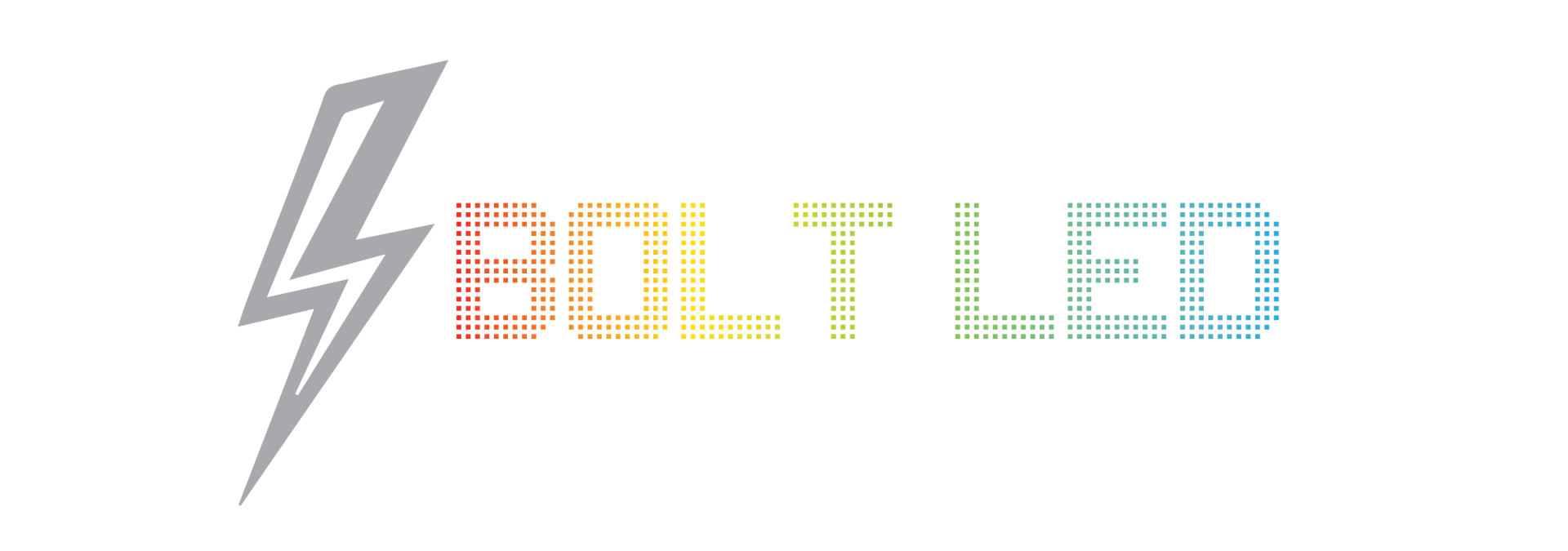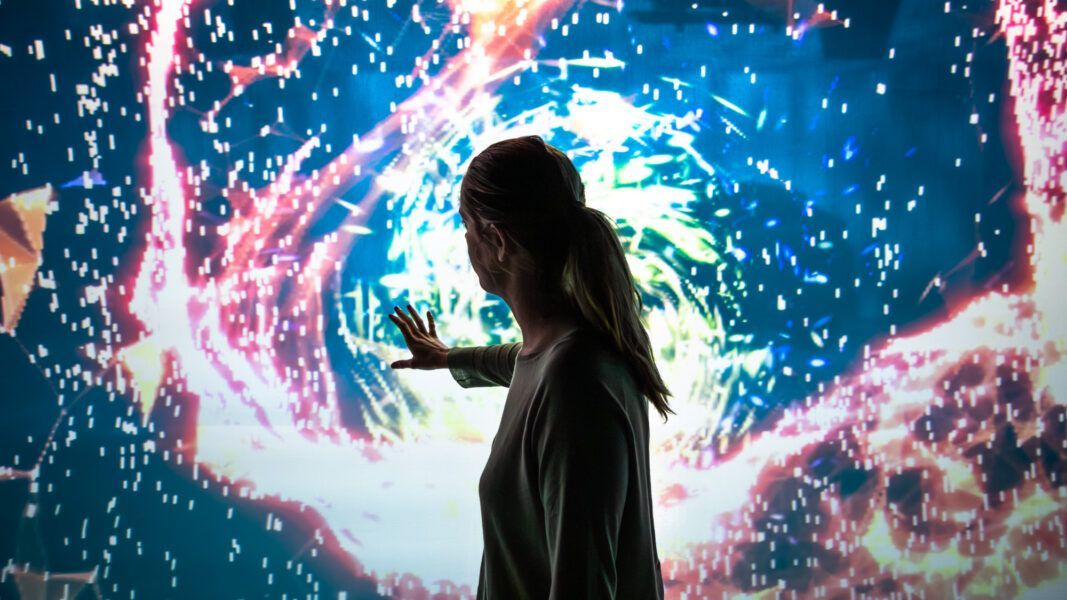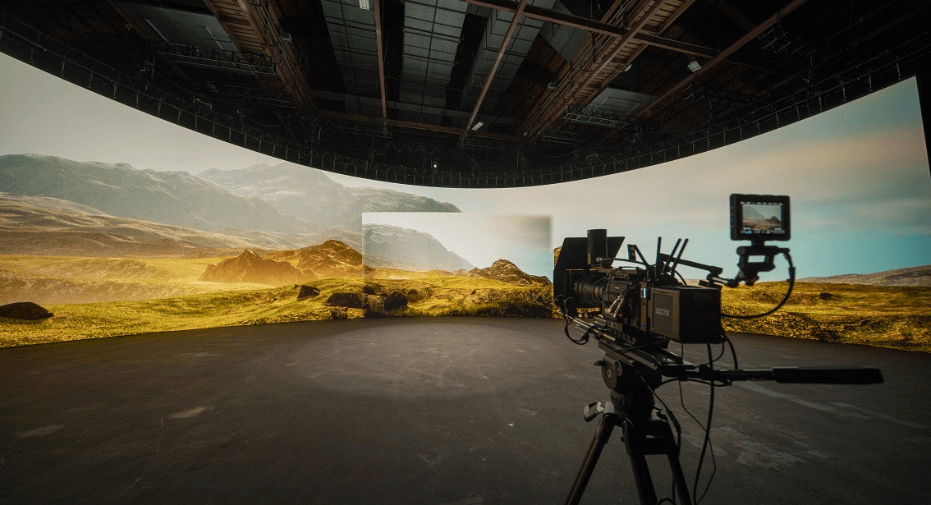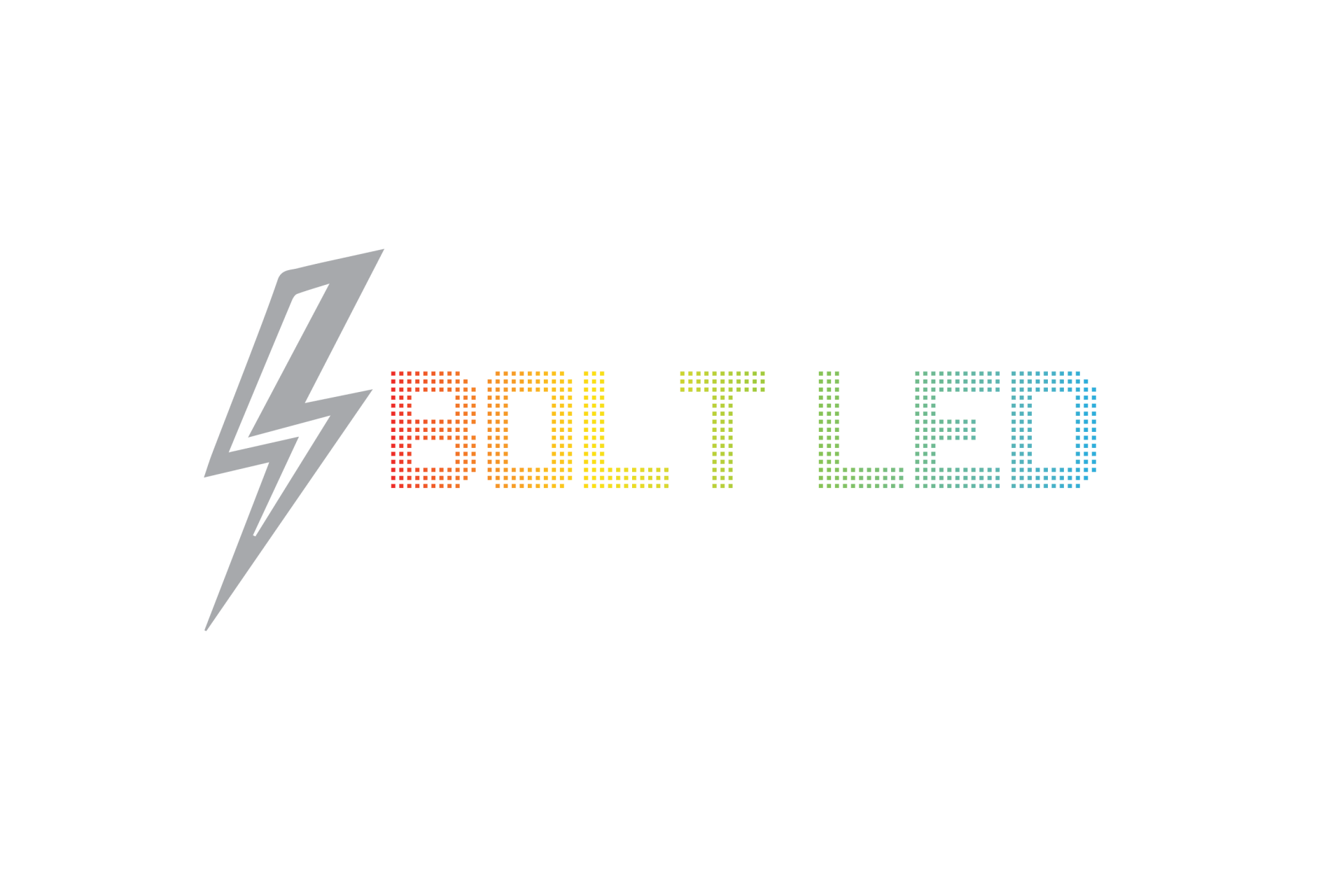Can I add more panels to my LED video wall?
Adding on more panels to your LED Video Wall from a separate batch
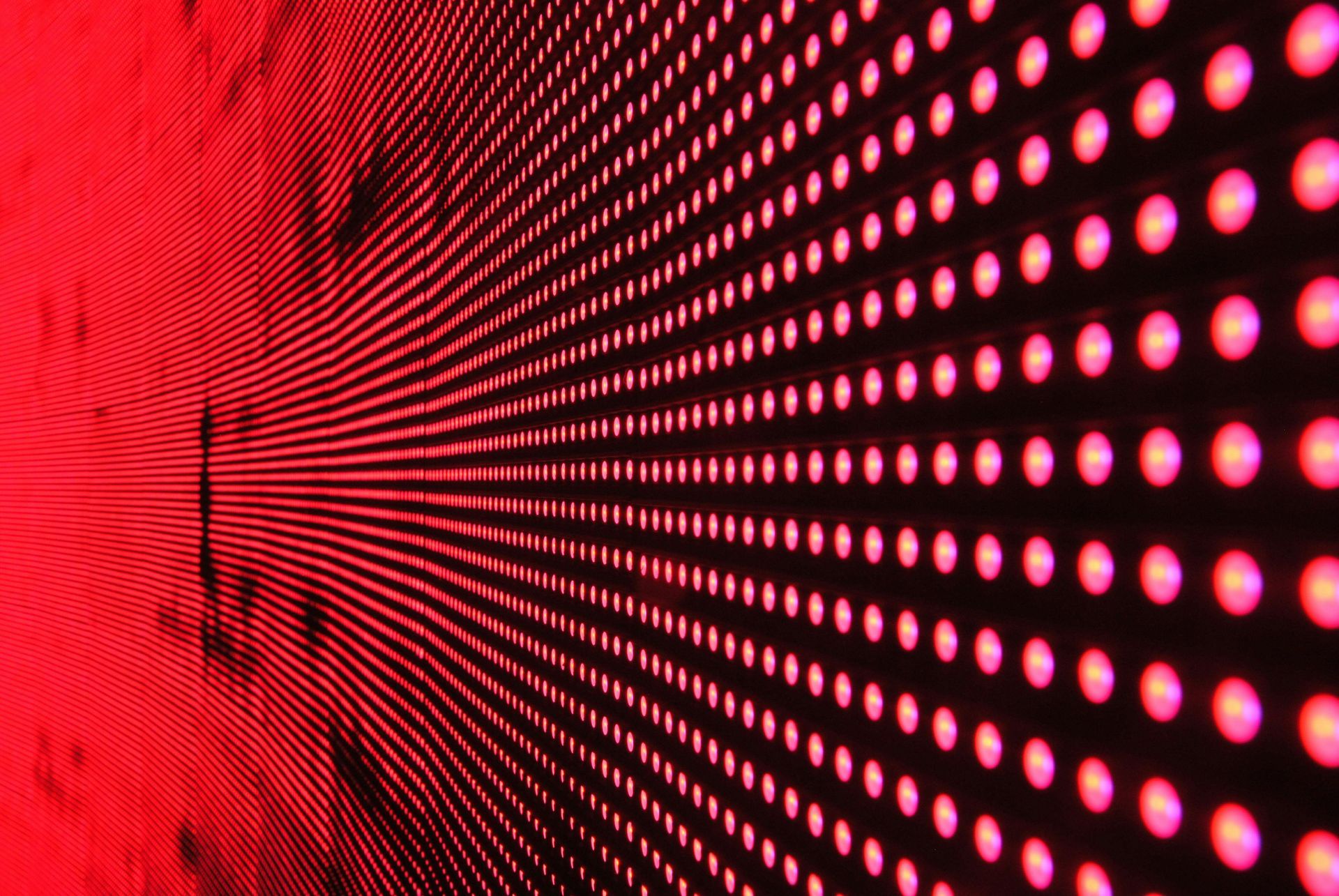
Maximizing Your Investment in LED Video Walls
LED Video Walls represent a significant investment, particularly for businesses that depend on them to deliver impactful visual experiences. Choosing the right size and configuration is crucial to meeting the specific needs of your clientele or venue. For some, investing in an LED wall is a strategic move to expand their service offerings and enhance their business operations.
Long-Term ROI Potential
From a business standpoint, LED Video Walls can deliver substantial long-term returns on investment (ROI). Buyers want assurance that their equipment will meet evolving customer needs and maintain its value over time. However, budget constraints may necessitate starting with a smaller setup, with plans to scale as the business grows. This raises a common question:
Can you purchase an LED Video Wall now and expand it later by adding more panels?
The Reality of LED Wall Expansion
The short answer is: no, LED Video Walls are not designed for future expansion. Despite their modular appearance, LED walls cannot be seamlessly enlarged by adding more panels later. Unlike other AV equipment, such as lighting or audio systems, LED video walls are subject to technical limitations that make future expansion impractical.
Adding new panels to an existing LED wall can result in noticeable differences in color and brightness between the original and new panels. Even when using the same panel model, these inconsistencies can disrupt the seamless, vibrant display that LED walls are known for.
Why LED Walls Aren’t Expandable
The inability to expand LED walls applies to all manufacturers and models. This limitation arises from the production process and the components involved.
Production Batches and Color Uniformity
LED panels are manufactured in batches to ensure color consistency across all panels. Every component, down to the individual diodes, is produced simultaneously to achieve uniformity. If additional panels from the same batch are available after your initial purchase, expansion may be possible. However, this is rare and usually must occur shortly after the original purchase due to rapidly changing inventory.
LED Binning and Shelf-Life Limitations
LEDs undergo a process called binning to manage output variations inherent in LED technology. This step is crucial for maintaining color consistency, especially in high-density displays with millions of pixels. Over time, shelf-life limitations and stringent storage requirements for LED components make it challenging to stockpile identical panels for future use.
Component Changes and Aging
Even minor changes in panel components can cause significant optical differences. As LED panels age, their brightness decreases, and their colors may shift. These changes complicate the process of matching new panels to older ones, even if they originate from the same batch.
Mitigating Color and Brightness Differences with Calibration Tools
While LED control systems offer calibration tools to adjust hue, saturation, and brightness, these tools cannot always fully eliminate discrepancies. Advanced systems, like NovaStar’s CLB calibration, may achieve closer matches but can still reveal slight differences, especially in solid color imagery.
Service and Replacement Parts
For repairs, it’s uncommon to replace an entire panel. Instead, damaged components are repaired or replaced using spare parts from the same production batch. Many systems include spare modules to ensure color consistency and reduce downtime.
Planning for Long-Term Success
Purchasing smaller batches with plans to expand later can lead to higher costs and operational challenges. Instead, it’s best to plan your LED wall investment with long-term growth in mind. Choose a configuration that meets your future needs and partner with an established provider for ongoing support. This approach ensures your LED wall remains vibrant, reliable, and cost-effective throughout its lifespan, delivering years of exceptional ROI.

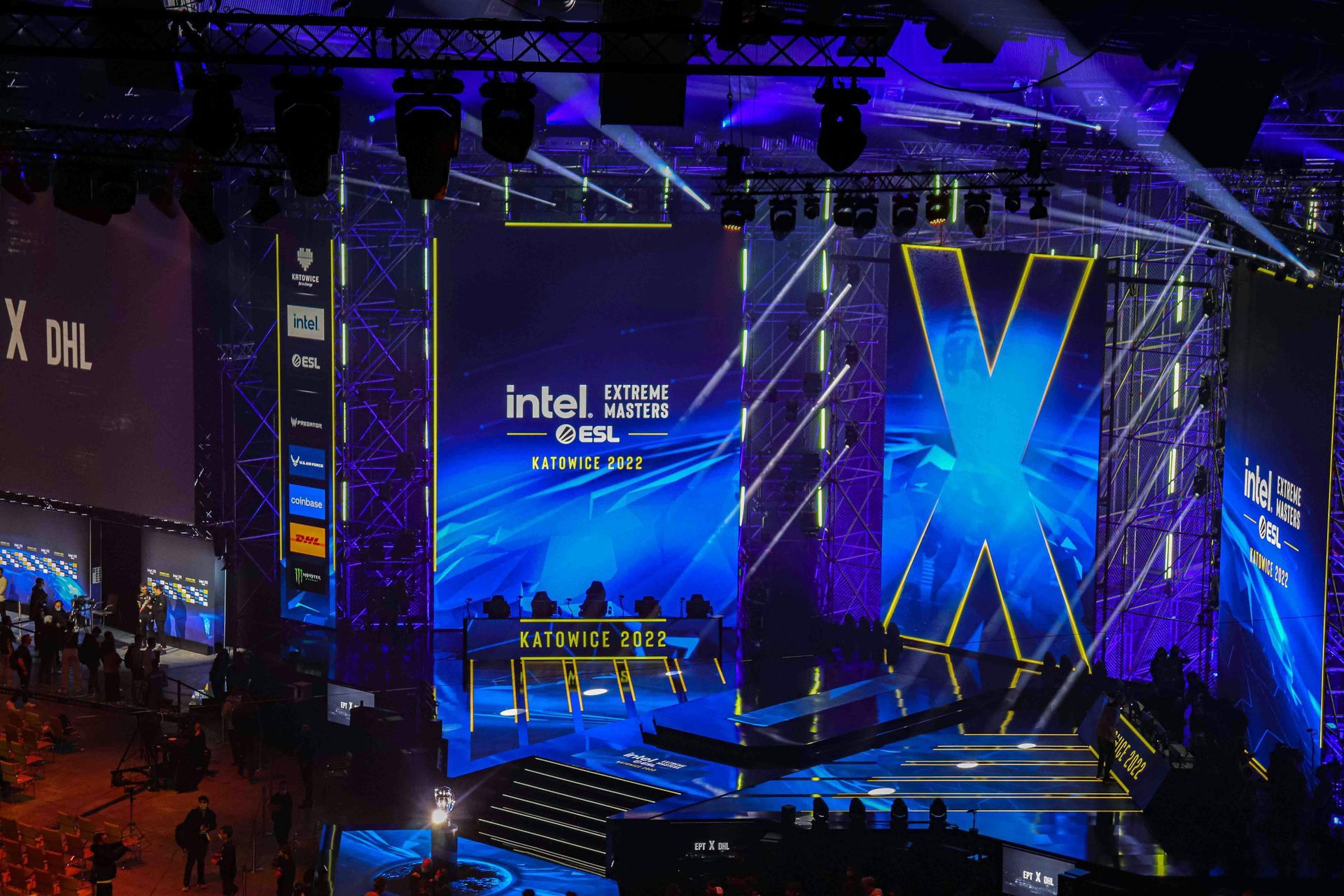
We PROVIDE top quality LED VIDEO Display SOLUTIONS and production services.
SERVING OUR CUSTOMERS NATIONWIDE.
